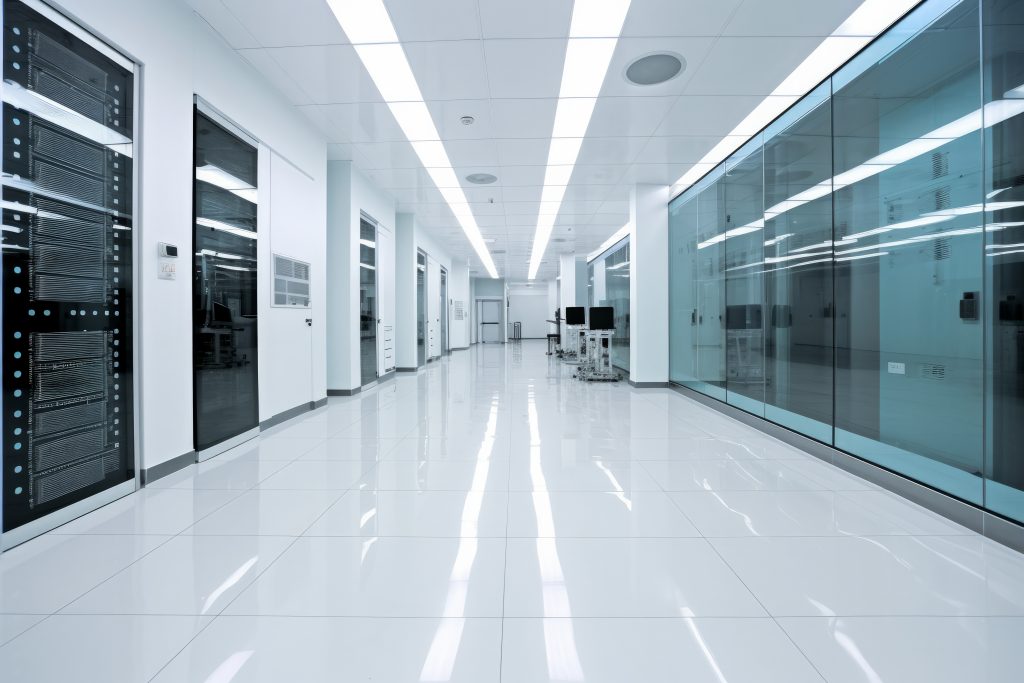Data Centre cleanliness is fast becoming a recognised requirement across the globe, and the impact that contamination and particulate matter have on mission critical equipment could be catastrophic for Data Centre owners, users and end clients if not managed correctly.
Dedicated associations like the DCA’s Specialist Interest Groups (SIG’s) that are created for awareness and sharing of best practices are of huge value to the Data Centre industry, the SIG’s aims are to create a proactive approach in contamination control and energy efficiency for example.
The EU Code of Conduct for Data Centres (Energy Efficiency) was created in response to the increasing energy consumption in Data Centres and the need to reduce the related environmental and economic impacts.
The European Code of Conduct for Data Centres was launched in 2008 with the aim of improving the energy efficiency in a Data Centre, a sector of growing energy consumption, as part of the document compiled by industry experts, air cleanliness was listed under section 3.2.12 of the report “Monitor and Manage Air Quality”.
“It’s great to see the report recognise air quality management and cleaning as a high priority in the uptime of Data Centre environments.”
John Booth, of Carbon3 IT

The EU Code of Conduct for Data Centres (Energy Efficiency) report highlighted that air quality is monitored and managed in Data Centre environments to ensure that critical equipment is not damaged by particulates or corrosive elements which might impact both IT equipment and cooling equipment in terms of performance, energy efficiency and reliability.
Section 3.2.12 was listed as an optional practise in early releases of the report until the 2019 release which moved “Monitor and Manage Air Quality” from ‘optional’ to an expected application to all existing IT, Mechanical, and Electrical equipment within the Data Centre.
This was a significant shift in the report to highlight the importance of Data Centre cleanliness.
John Booth, of Carbon3 IT, joint author of the EU Code of Conduct for Data Centres (Energy Efficiency) report commented, “It’s great to see the report recognise air quality management and cleaning as a high priority in the uptime of Data Centre environments.”
Original Equipment Manufacturers (OEM’s) including IBM, EMC and Dell recommend maintaining critical environments to ISO14644-1:2015 Level 8 utilising professional Data Centre cleaning companies.
In fact, failing to do so may void your warranty in instances where preventable airborne contamination was found to be a cause of the device failure. ASHRAE recommends having an annual sub-floor clean and quarterly floor and equipment surface cleaning.
Independent and impartial advice for the Data Centre industry is extremely valuable, the EU Code of Conduct for Data Centres report underpins this statement. Through The DCA, organisations operating their own data centres and server rooms can access trusted information on the benefits of adopting best practice and learn more about the products and services available to them. This supports them as they strive to drive down operational costs and increase the efficiency of their IT assets in support of their business goals.
If you operate a Data Centre that does not currently have a cleaning schedule implemented or have ‘white space’ that has never been subjected to a clinical deep clean, this is a potential risk to the uptime of the Data Centre. While virucidal and bacterial risks are high now due to the current Covid-19 situation, particulate matter has always been a high risk to data, latency, and other applications in the Data Centre. Now is the perfect time to review or design a cleaning strategy and ensure its implementation.
A Data Centre is not an air proof room, therefore, contamination from airborne sources is unavoidable. Electrostatic dust, corrosive oxides, volatile organic compounds, solvents, and other contaminants put IT equipment at risk. Even everyday sources of contamination such as pollen, dust, hair, and carpeting fibres can prove to be problematic. A recent study reported that 6% of global IT electrical failures are through contamination-based incidents, these incidents could have and should have been prevented with a relatively low-cost implementation of a cleaning regime – don’t become a statistic of operational downtime through contamination.

Operations Director, Critical Facilities Solutions LTD

